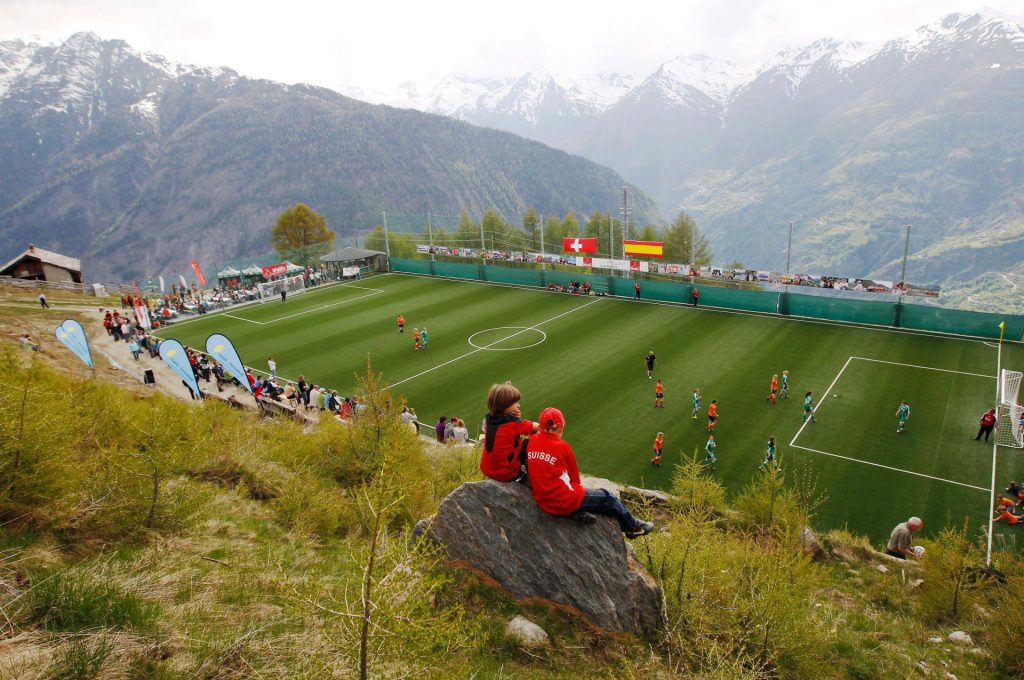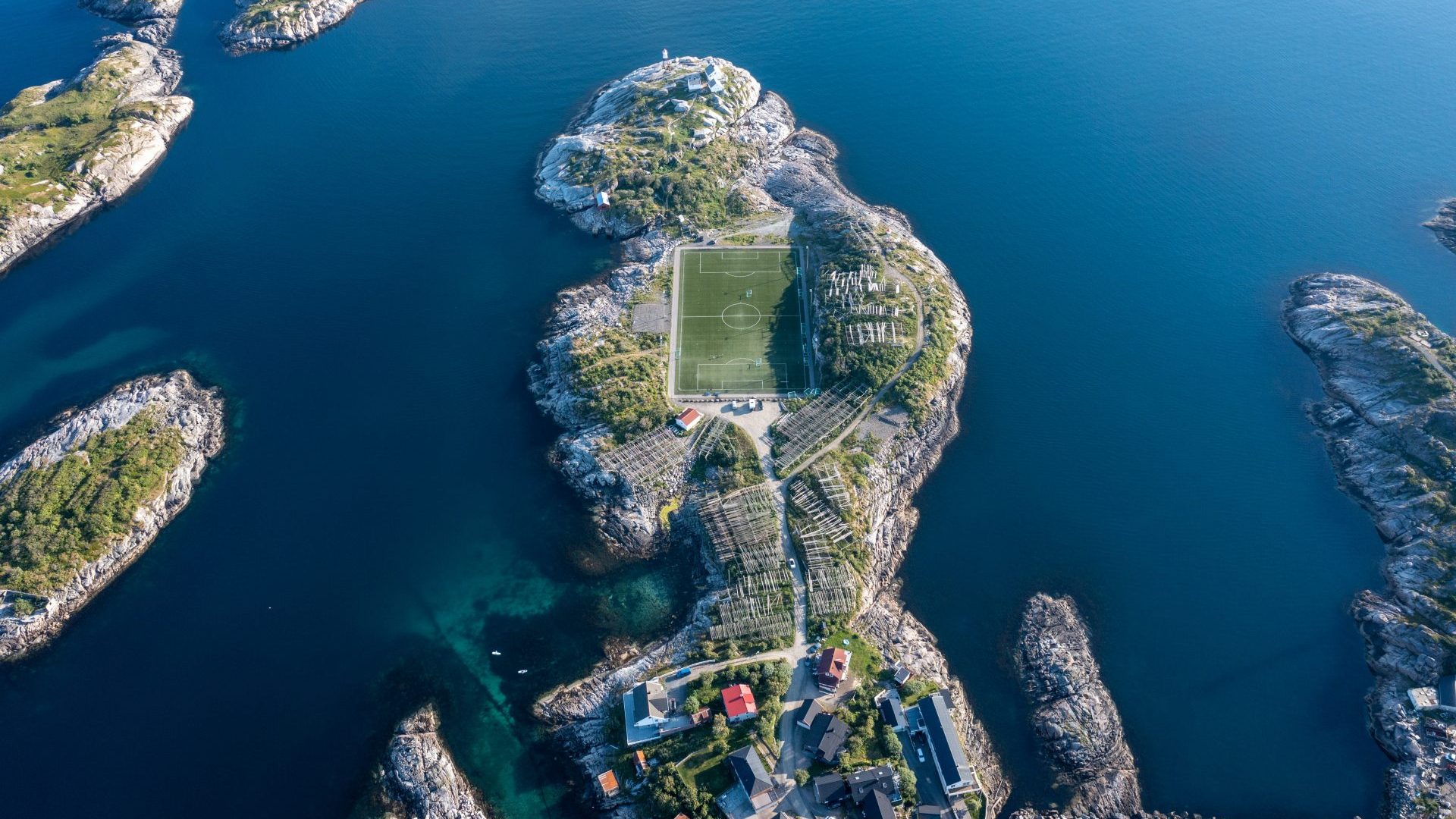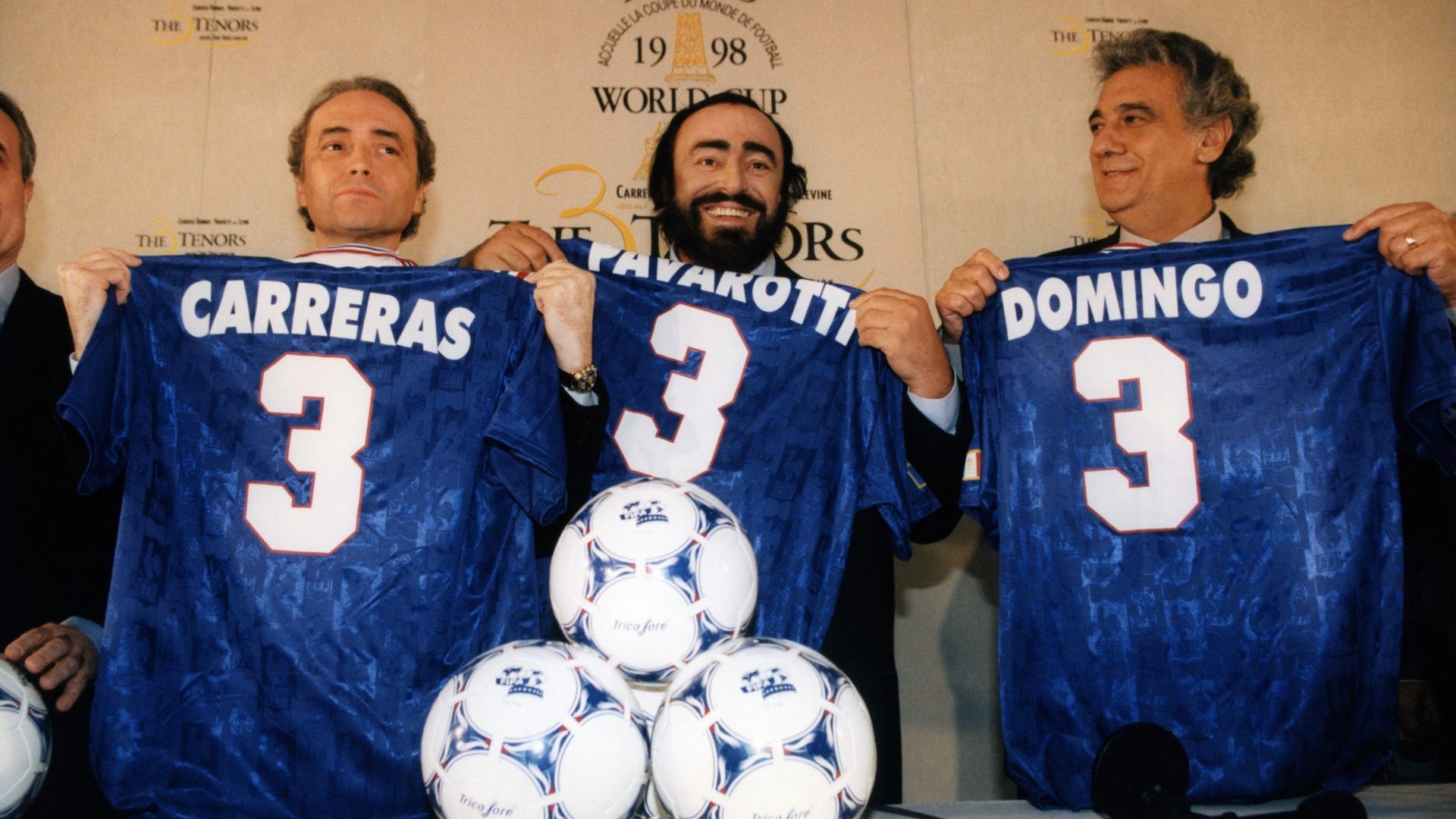Rather than World Cup fever, it feels like this year we’re all coming down
with a heavy dose of World Cup ambivalence. Symptoms: a jaded feeling that makes it impossible to even hang up a wallchart without feeling nauseous, and a tendency to reply to texts about football by writing “the game has gone, mate” accompanied by an eye-roll emoji.
The best consequence of the decision a decade ago to grant Qatar the 2022 tournament – made, as Rob Hughes wrote so memorably here in July, by “corrupt Fifa committee members who… are by now retired, dead, or still in the process of being indicted for corruption” – is that it has shone a light on dreadful activities and dire attitudes in a country that most of us may have otherwise ignored. In fact, football can often serve as an entry point to learning more about the history, politics and architecture of a country, city or village. In researching a new book, I was afforded the luxury of delving
into the stories behind football grounds, both famous and obscure, to go beyond the bricks and mortar.
In Slovenia, for example, Jože Plečnik is the nation’s pre-eminent architect. His major works can be found across the country’s capital, Ljubljana. It is said that he is to Ljubljana what Antoni Gaudí is to Barcelona, in the way one man’s work courses its way through the city. Plečnik is probably best known for Tromostovje (Three Bridges) that span the Ljubljanica River, the National
University Library and his open-air Križanke summer theatre.
Head one mile north from the city centre and you will find another of his
designs, the Bezigrad Stadium. Whereas his other structures are a source of
national pride, the stadium has become an abandoned ruin, a lost ground.
This used to be Olimpija Ljubljana’s home, but it has been closed since 2008. The stadium was declared as “a monument of national importance” by the Institute for the Protection of Cultural Heritage of Slovenia but is slowly decaying. At least, conservationists can champion it as an example of urban rewilding.
One of the most visually striking grounds in Europe can be found in Felcsút, a village around 30 miles from Budapest, and is an example of organic architecture. Imre Makovecz is one of the leading exponents of the organic movement in Hungary, and the Pancho Aréna was his brainchild. This is the home of the Hungarian Football Academy, and Pancho was the nickname given to the nation’s greatest player, Ferenc Puskás, when he was at Real Madrid.
The fact that prime minister Viktor Orbán was born in Felcsút, and was a half-decent footballer in his youth, may have had some bearing on the ground being built where it is. Critics say the arena is ridiculously expensive and games played here rarely attract anywhere near enough people to fill the 3,500-capacity stadium, although it did host the 17th edition of the Football World Cup for Lawyers.
Building a ground can also bring a community together behind a common cause. In the Croatian village of Imotski you will find Gospin Dolac, and the story of how a ground came to be built next to a 1,000-year-old Illyrian fortress, goes something like this.
Fulgencije Fuđo Vučemilovic was a pop singer who reinvented himself in South America as a successful football coach by the name of Aldo Valentini. “Fudo” would often visit Imotski and, in 1954, said they should build a ground on the eastern edge of the Blue Lake and that “one day it would become a real wonder of the world”.
The idea was largely ignored until the mid-1970s when the locals realised
it wasn’t so ridiculous after all. It’s when you see the ground within the wider surroundings that it is a worthy candidate for the most stunning location in European football.
Another contender vying for that unofficial title is in the fishing village of Henningsvær, Norway. In 2014, youth team football coach Ole Johan Wilk purchased a drone, flew it over the pitch, and put the 114-second-long video on YouTube to share with members of his family. Then, more people started sharing his footage. Before he knew it, Wilk’s video had generated over 300,000 views and had acquired cult status. In the winter, strong winds can suddenly catch hold of the ball and take it out to sea, at which point Wilk will get in his boat and bring it back to shore.

There is little chance of retrieving a ball if it goes sailing over the high nets
that surround the Ottmar Hitzfeld Arena in the Swiss Alps. You need a cable car to get to and from the ground, which is said to be the highest in Europe, around 2,000 metres above sea level.
The Swiss Mountain League side FC Gspon plays here. The team reckons
that well over 1,000 footballs have tumbled down the Alps since the club
was founded in 1974. The ground was named in honour of one of the greatest modern football managers, Ottmar Hitzfeld. Although he was born in Germany, Hitzfeld both played and coached in Switzerland, and won the Champions League with Borussia Dortmund and Bayern Munich.
And finally, if you’re tired of the commercialism, the money, the corruption, and entitled fans moaning about why their club didn’t sign four new players on transfer deadline day, then perhaps you should pay a visit to the Dripping Pan stadium in Lewes, East Sussex. In 2010, the club was on the verge of going bust before being saved by a group of six fans, including comedian, playwright and director Patrick Marber.
Another one of that sextet is editor and art critic Alex Leith, who explains the reason behind the name: “There are grass banks that run down to the
pitch and the shape resembles a dripping pan,” he says, adding that, “when a new stand was built in 2007 they found ruins from a priory that was demolished in Tudor times.” It is the only ground that I’m aware of where you can watch a match from a beach hut and is a community club “owned” by 2,000 members around the world.
In an interview with Viva Lewes magazine, Marber said: “I was becoming disillusioned with football, with the experience of going to see Arsenal at the Emirates Stadium. It’s heaven here. It rekindles an interest in the game I’d lost.”



